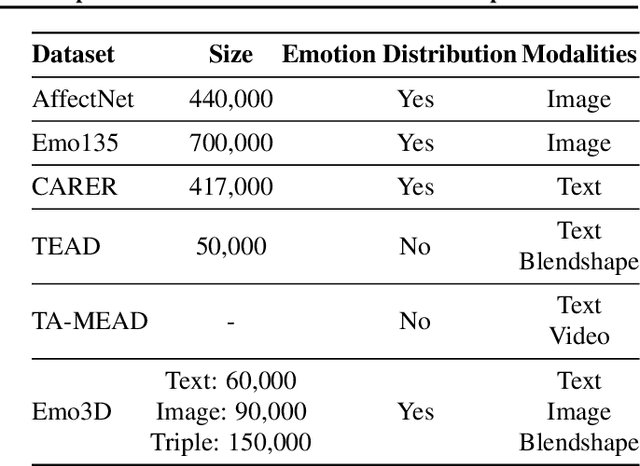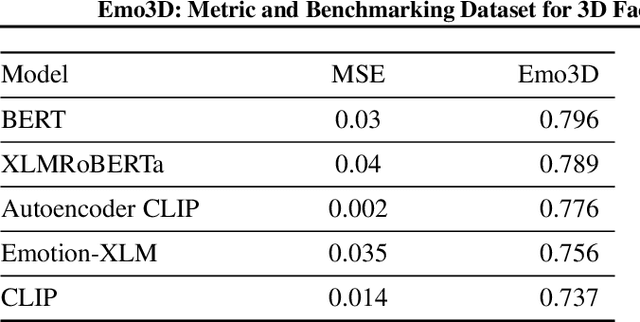Mahshid Dehghani
AIMA at SemEval-2024 Task 10: History-Based Emotion Recognition in Hindi-English Code-Mixed Conversations
Jan 19, 2025

Abstract:In this study, we introduce a solution to the SemEval 2024 Task 10 on subtask 1, dedicated to Emotion Recognition in Conversation (ERC) in code-mixed Hindi-English conversations. ERC in code-mixed conversations presents unique challenges, as existing models are typically trained on monolingual datasets and may not perform well on code-mixed data. To address this, we propose a series of models that incorporate both the previous and future context of the current utterance, as well as the sequential information of the conversation. To facilitate the processing of code-mixed data, we developed a Hinglish-to-English translation pipeline to translate the code-mixed conversations into English. We designed four different base models, each utilizing powerful pre-trained encoders to extract features from the input but with varying architectures. By ensembling all of these models, we developed a final model that outperforms all other baselines.
AIMA at SemEval-2024 Task 3: Simple Yet Powerful Emotion Cause Pair Analysis
Jan 19, 2025Abstract:The SemEval-2024 Task 3 presents two subtasks focusing on emotion-cause pair extraction within conversational contexts. Subtask 1 revolves around the extraction of textual emotion-cause pairs, where causes are defined and annotated as textual spans within the conversation. Conversely, Subtask 2 extends the analysis to encompass multimodal cues, including language, audio, and vision, acknowledging instances where causes may not be exclusively represented in the textual data. Our proposed model for emotion-cause analysis is meticulously structured into three core segments: (i) embedding extraction, (ii) cause-pair extraction & emotion classification, and (iii) cause extraction using QA after finding pairs. Leveraging state-of-the-art techniques and fine-tuning on task-specific datasets, our model effectively unravels the intricate web of conversational dynamics and extracts subtle cues signifying causality in emotional expressions. Our team, AIMA, demonstrated strong performance in the SemEval-2024 Task 3 competition. We ranked as the 10th in subtask 1 and the 6th in subtask 2 out of 23 teams.
Emo3D: Metric and Benchmarking Dataset for 3D Facial Expression Generation from Emotion Description
Oct 02, 2024



Abstract:Existing 3D facial emotion modeling have been constrained by limited emotion classes and insufficient datasets. This paper introduces "Emo3D", an extensive "Text-Image-Expression dataset" spanning a wide spectrum of human emotions, each paired with images and 3D blendshapes. Leveraging Large Language Models (LLMs), we generate a diverse array of textual descriptions, facilitating the capture of a broad spectrum of emotional expressions. Using this unique dataset, we conduct a comprehensive evaluation of language-based models' fine-tuning and vision-language models like Contranstive Language Image Pretraining (CLIP) for 3D facial expression synthesis. We also introduce a new evaluation metric for this task to more directly measure the conveyed emotion. Our new evaluation metric, Emo3D, demonstrates its superiority over Mean Squared Error (MSE) metrics in assessing visual-text alignment and semantic richness in 3D facial expressions associated with human emotions. "Emo3D" has great applications in animation design, virtual reality, and emotional human-computer interaction.
 Add to Chrome
Add to Chrome Add to Firefox
Add to Firefox Add to Edge
Add to Edge